F+B 25 GR wheelset review: The most unique gravel wheels you can buy
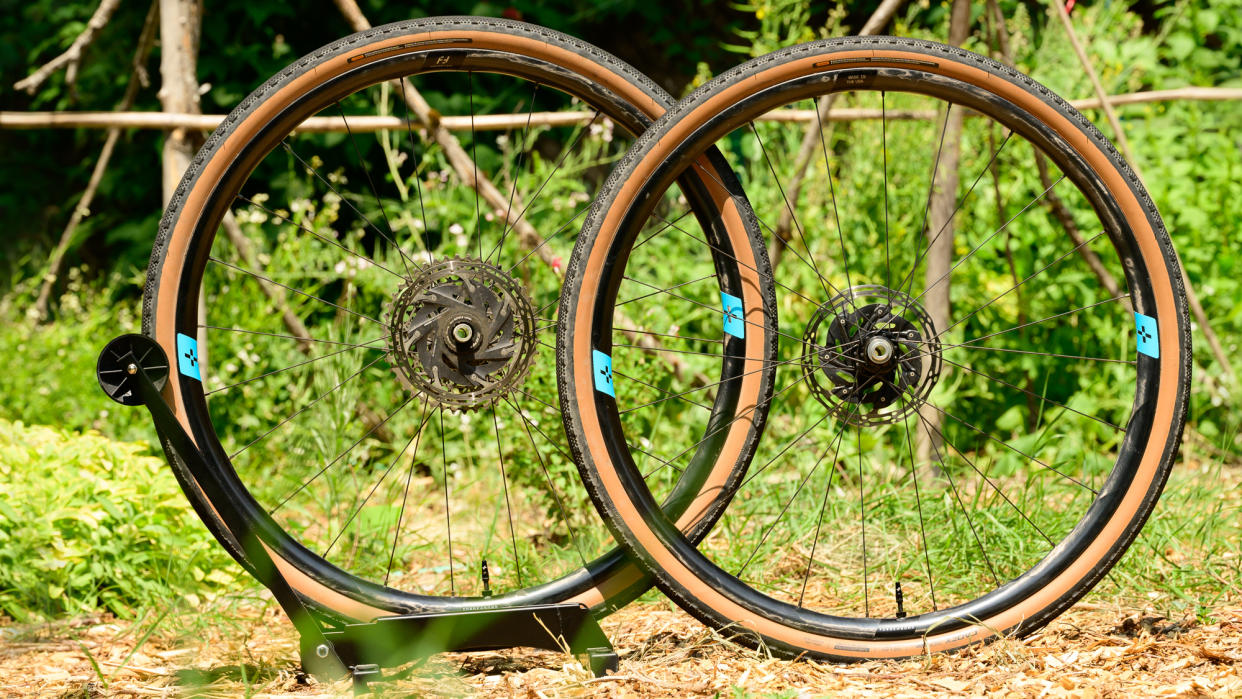
If you take a look at our list of the best gravel wheelsets available on the market, the choices are pretty incredible. There's just no other way to describe the options listed there. A wheel like the Cadex AR 35 offers the option to spend a lot of money and get yourself an incredibly light and responsive ride. Alternatively the Hunt 42 Limitless Aero wheelset is much less expensive, still competitive on weight, and a leader in aerodynamics. Either way, whatever gravel might mean to you, there are amazing carbon fibre wheels designed to make your ride better.
Tech specs: F+B 25 GR
Price: $2,199
Rim Dimensions: 820 g rear, 670 g front as measured with rim tape, valves, and XDR freehub (lighter than the quoted spec)
Weight: 1510 grams quoted
Hubs: I9 Torch Disc
Spokes: Sapim CX-Ray bladed stainless spokes
More info: forgeandbond.com
All those wheels share something in common though. The basic process of creating a carbon fibre wheelset is the same no matter what type of wheel you decide to go with. The final product is non-recyclable and there are a lot of inefficiencies in the system along the way. The F+B 25 GR FusionFibre Wheelset is different.
Forge+Bond has a new process that limits waste, energy use, and creates a final product that's recyclable. The end result is a wheelset unlike anything else on the market. Is that worth altering your buying decision though? Do you have to make sacrifices in the ride experience to get a sustainable product? I set out to answer these questions, and now that I've spent some time riding the F+B 25 GR wheelset I'm ready to talk about the experience. If you are looking for a new pair of gravel wheels, keep reading to see if these are the wheels for you.
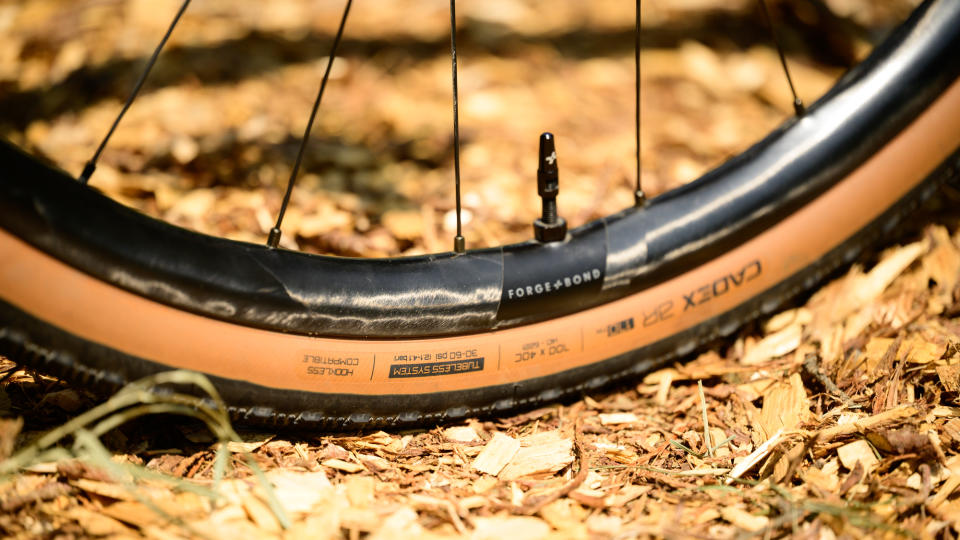
Design and aesthetics
Understanding the design of the F+B 25 GR wheelset has to start with an understanding of the production process. As already mentioned, every carbon fibre product in the world, and certainly in the bike industry, starts life with a very similar manufacturing process. What's different about FusionFibre is that the base material uses Nylon instead of Epoxy to set the carbon fibre.
To explain the difference, Forge+Bond Global Marketing Director, Travis Tomczak, starts with a very basic example. What he asks is that we consider the difference between a plastic water bottle and J+B Weld (think Araldite, if you're in the UK). Leave a water bottle in even the relatively low heat of a car interior and it's possible to reform it. That's how a nylon based carbon fibre reacts. Meanwhile, epoxy based carbon sheets are more similar to any basic epoxy you can think of. To demonstrate, Tomczak asks that we consider J+B Weld and how, once it's set, that's it. While the nylon can go through a new heating process and change shape, epoxy is a one shot process.
That's only the base material though. Those basic properties allow for a different kind of production method with FusionFibre. While traditional carbon fibre wheel production is still closer to hand making clothes, FusionFibre is hands off.
Instead of human hands laying prepreg carbon into a mould, a robot lays down carbon impregnated with nylon in a radial crossplay pattern. Like any carbon fibre product, the layup design creates the final ride characteristics. What's different in this case is that the initial layup isn't creating the final rim shape. Instead, the materials will go through an initial thermo cycle to form a flat disc somewhat similar to sheet metal.
The initial spool of carbon material is stable at room temperature and so is the material at this intermediate step. There's no energy, and production design, required for refrigeration at any step in the process. There's also no need to precisely time every step in the production process in the same way as traditional carbon products. That means more efficiency and less energy use.
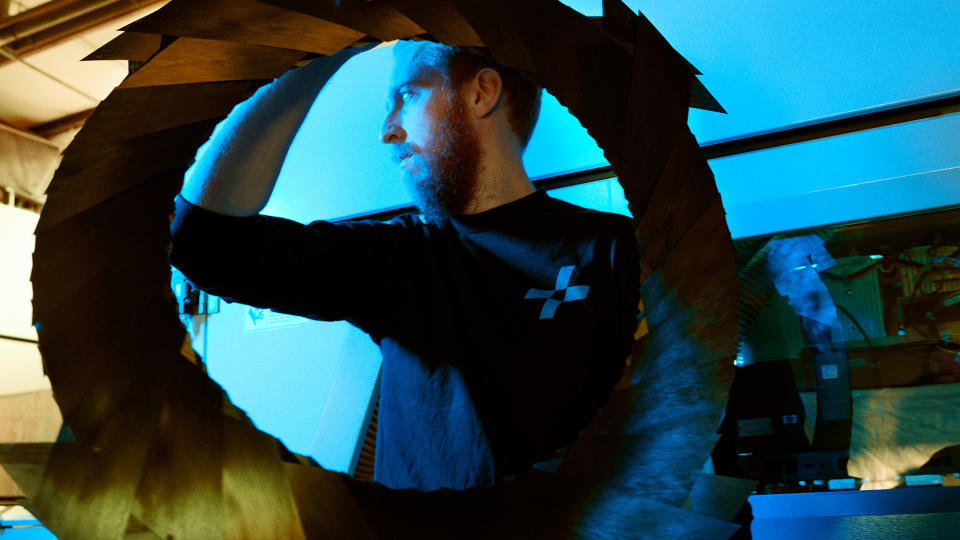
When it's time to actually produce the wheel, a robot places the disc into a casting mould. The process is akin to making an aluminium wheel, though instead of a full rim, this only describes producing half the rim. The whole process gets duplicated to create a second half and it takes another heat cycle to fuse the two halves and the rim bed.
Given the highly precise and robotic nature of the whole process, there's minimal waste. Minimal is not none though and the waste that is inherent to the process gets chopped down. The process of chopping the waste turns the long strand carbon material into a short strand material but it's otherwise reusable, often as in-house made tyre levers.
Aside from waste there are other production advantages as well. Specifically it turns out that carbon fibre finishing is a rather unsustainable part of the overall process. FusionFibre doesn't go through the same finishing process meaning there's no release of carbon dust during sanding. There's also no painting to release toxins into the environment or to require eventual separation for recycling.
Speaking of recycling, should a wheel ever come back to the company it would meet the same fate as the minimal production waste. The process is technically downcycling, not recycling, but it still leads to a second use. It's important to remember just how small the cycling market is in the grand scheme of things; we've got a whole article on bicycle production to put things in perspective. It might not seem that important to ensure downcycling of high-end carbon bike wheels but there are bigger implications.
Novel production methods aside, Forge+Bond is looking to sell you a product and that product is a set of wheels with a bare carbon aesthetic. Depending on the light you can clearly see the layup and there are small vinyl stickers with a bright blue branding motif. The spokes are standard J-bend Sapim CX Ray with external nipples and the rim size is 25mm high with an internal width of 25mm. Hubs are the I9 Torch with a black finish and compatible with centre lock disc rotors. Wheelset weight sits at a quoted 1510 grams without tape or valves and my scale put the number a bit lighter at 1490 grams with tape and valves.
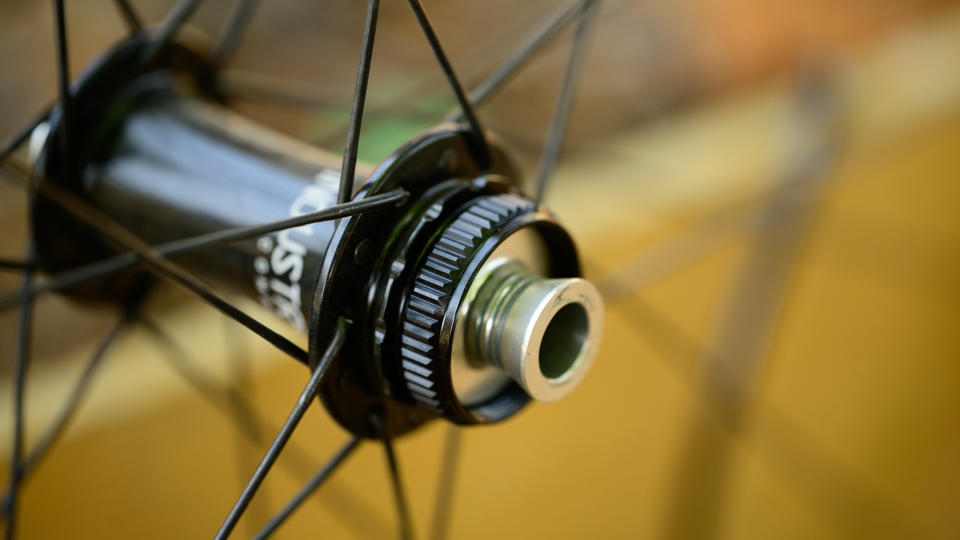
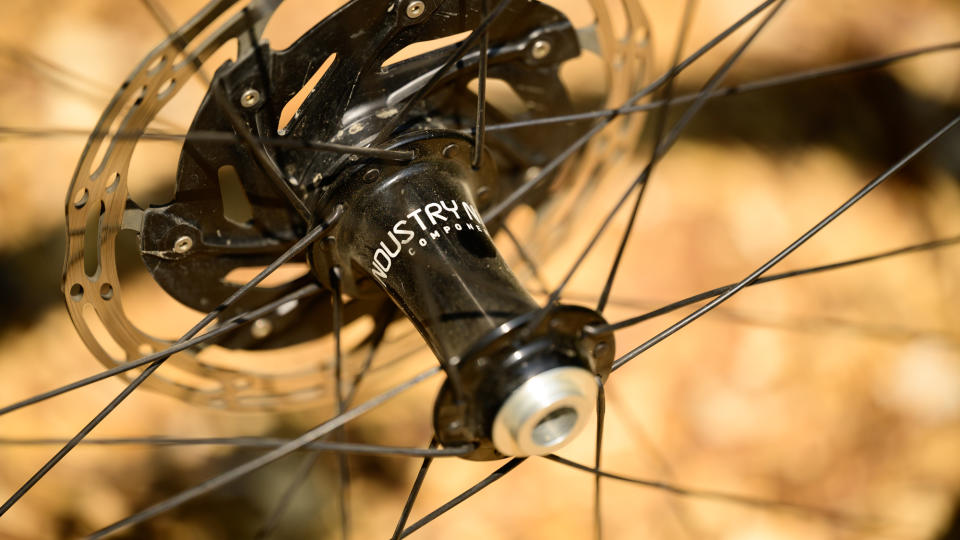
Performance
I've had the Forge+Bond wheels for months but only recently had the opportunity to try them out. This detail doesn't matter all that much but it is unusual for me to do that with wheels and it matters because it means they've been through a lot of heat cycles while waiting for me. Generally that means hell for the rim tape. This time though I pulled them out of storage and the bright blue, thick, rim tape was perfect. I set up a set of Cadex AR tyres using my trusty Topeak Tubi 2 stage pump and even after forgetting to remove the valve core, I had no issues.
This whole discussion of rim tape might seem like a small issue but it's something wheel brands spend an inordinate amount of energy on. If you have a hard time setting your wheels up tubeless, it's always the tape. Heat is terrible for the adhesive and wheels often experience a lot of heat in shipping. When you get a brand new pair of wheels, that first experience is something every brand wants you to see as a success. Hunt has been actively working to develop better rim tape for years and Enve chooses to ship your wheels without taping them. F+B includes some of the best rim tape I've ever seen and the included valves are equally high quality. In the life of a wheelset this will be a small part of the experience but things start off on a high note.
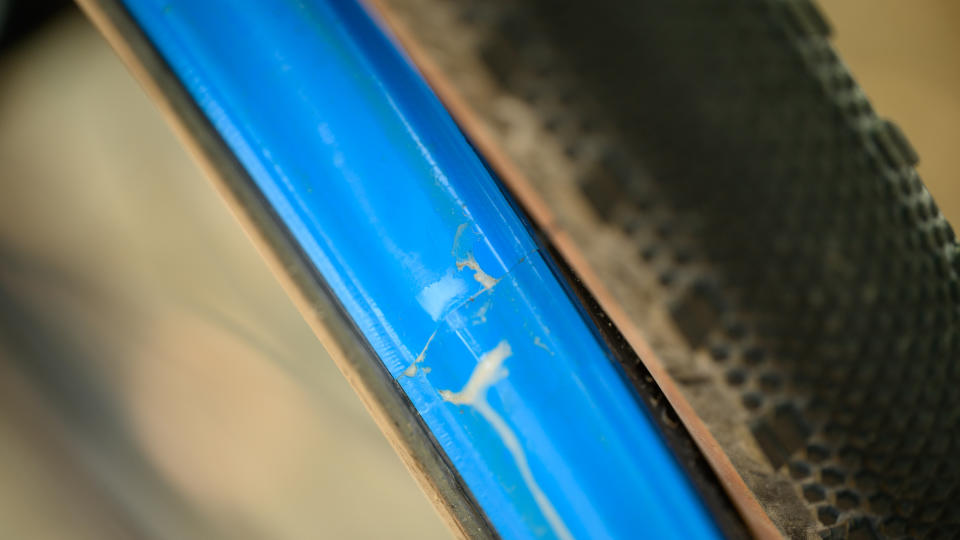
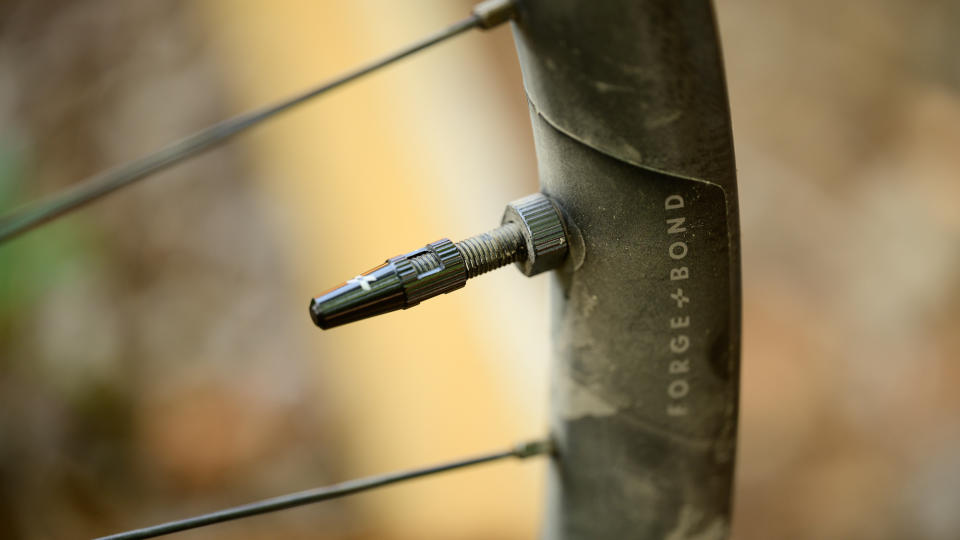
Then there's the claim that FusionFiber has a smoother ride feel. It's a big one that I've seen a lot of but I'm going to disagree. Honestly, I'd call that a good thing but I disagree regardless. The Cadex tyres are incredibly supple, that's why I run them, and I'm running them at 27 psi in a 40mm size. With that setup, I didn’t feel like the F+B wheels were noticeably smooth compared to other high-quality carbon wheels. I tested that on the road, on smooth gravel, and even when descending on a logging road where front suspension would have been highly appreciated. I found the Revel Rover, over the same surfaces, a far smoother ride than the Ribble Gravel SL with the F+B wheels. Like I said though, I think that's a good thing.
Instead of a smooth ride, what I immediately noticed about the F+B 25 GR is how alive the bike felt. When I first reviewed the Ribble I specifically talked about how it wasn't exactly the most exciting ride. With these wheels the whole package really perked up. If the specs said these wheels were closer to 1300 grams, I'd absolutely believe it. They feel precise, they feel fun, and they have character. Whatever descriptors you want to use, this is how you want your set of wheels to feel.
All that said, they aren't 1300 grams and these wheels also aren't aerodynamic. You might not think that matters in a gravel wheel, but there are options available that feel just as good, have aerodynamics, and are cheaper. In fact, it's the price point I felt like was the real issue with the F+B 25 GR wheels. Then a friend changed my mind.
While testing these wheels on a long ride I got up on one of my soapboxes. As I worked hard to keep up with my friend, I gave a passionate argument about why it was okay to pay more for the intangibles that some brands carry with them. The idea I was espousing was that the absolute highest performance as a buying qualification rarely makes sense in the modern age. Shimano 105 offers a ride experience so good that if you only cared about performance, it was enough. Despite that, sometimes it's worth paying for Dura-Ace.
The friend I'd been talking to shook her head at this. Then, as we laughed and crested the hill, she asked the question that instantly changed my mind on these wheels. It was simple really, if I believed that it was worth paying for brand equity in some situations why was it not worth paying to help fund a more sustainable future?
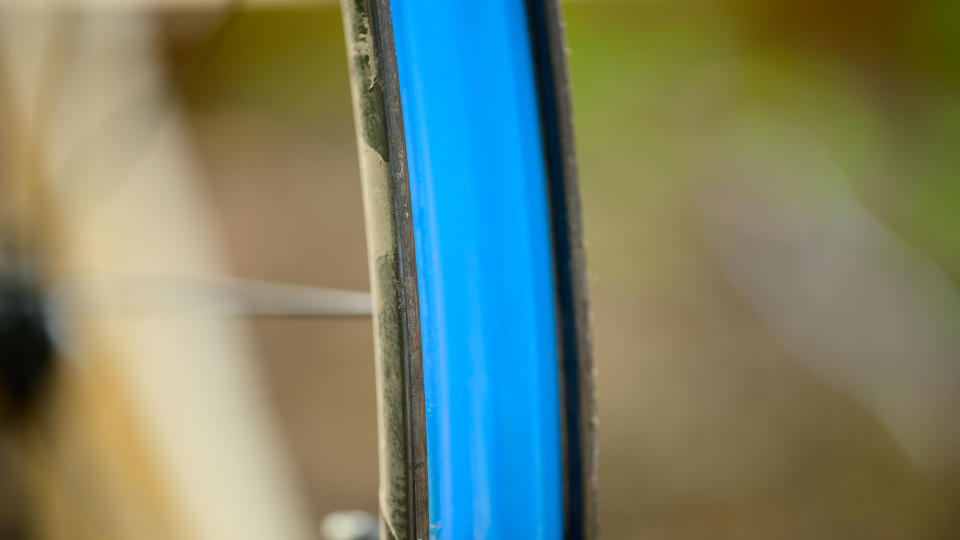
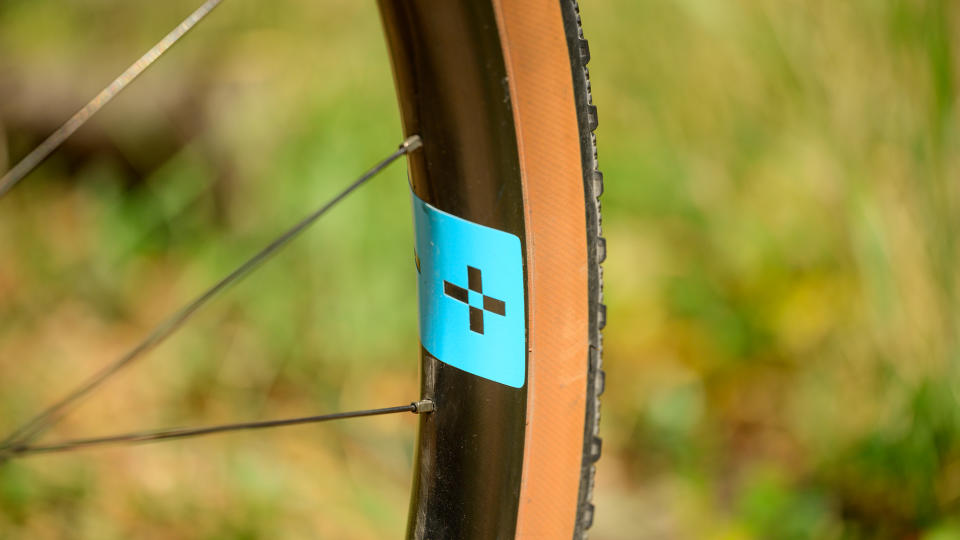
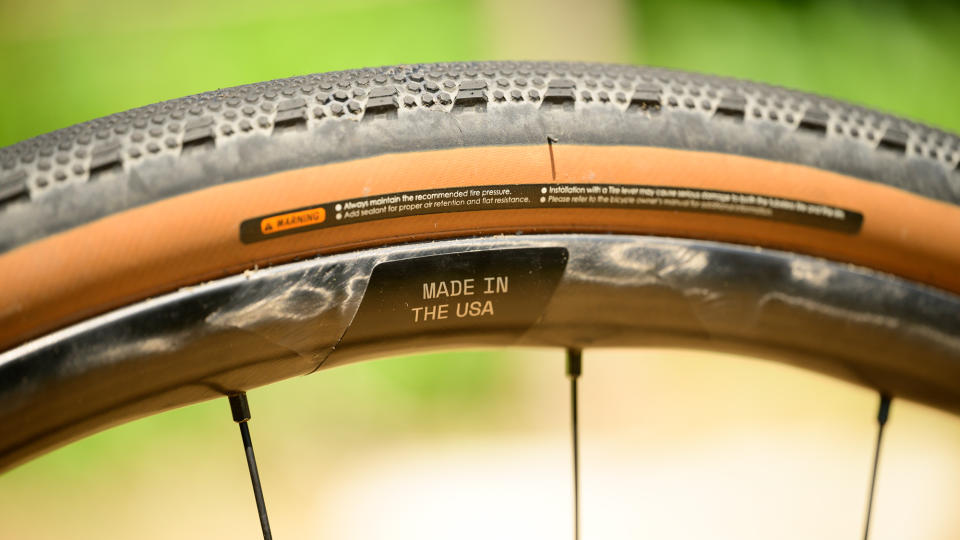
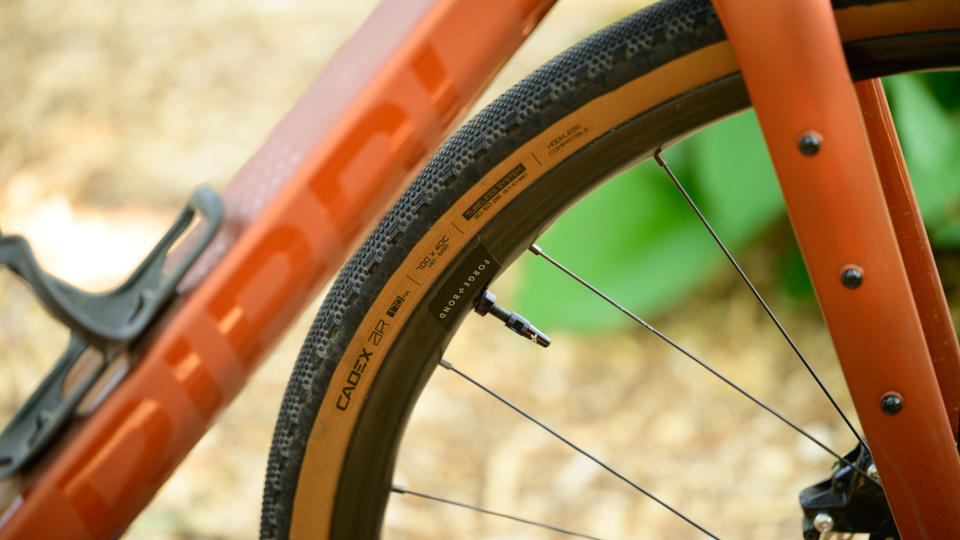
Verdict
If you want to talk about ride feel and performance, I'm a big fan of the Forge+Bond 25 GR. I've spent a lot of time recently trying to figure out the best way to express the intangible nature of my favourite products. It's why I love the Enve Melee, the Enve MOG, the Cannondale SuperSix Evo, Cadex tyres, and even the Giro Empire SLX shoes. They all create this feeling of fun and joy that makes you want to attack the county line stop sign for no good reason. Now I can add the Forge+Bond 25 GR to that list. However you want to describe it, they just feel right.
On top of that hard to capture ride feel, you also get some very down to earth details. Things like a lifetime warranty, easily replaced spokes, and big thick rim beads that will likely take more abuse than I'm willing to put out and are less likely to cut the sidewall of your tyre. There's no getting around the price though. The Hunt Limitless 42 wheelset immediately springs to mind as a wheel that costs substantially less, also has a great ride feel, and adds aerodynamics while keeping weight about the same.
That leaves you with a decision to make. As a consumer we often pay for something beyond the actual product we own. Forge+Bond found a way to minimise energy use by eliminating the need for refrigeration and keeping production local. The brand can also downcycle the products on offer and are working on building a secondary market for the resulting material. There seems to be a cost for those innovations so you'll have to decide if you think it's worth it.

